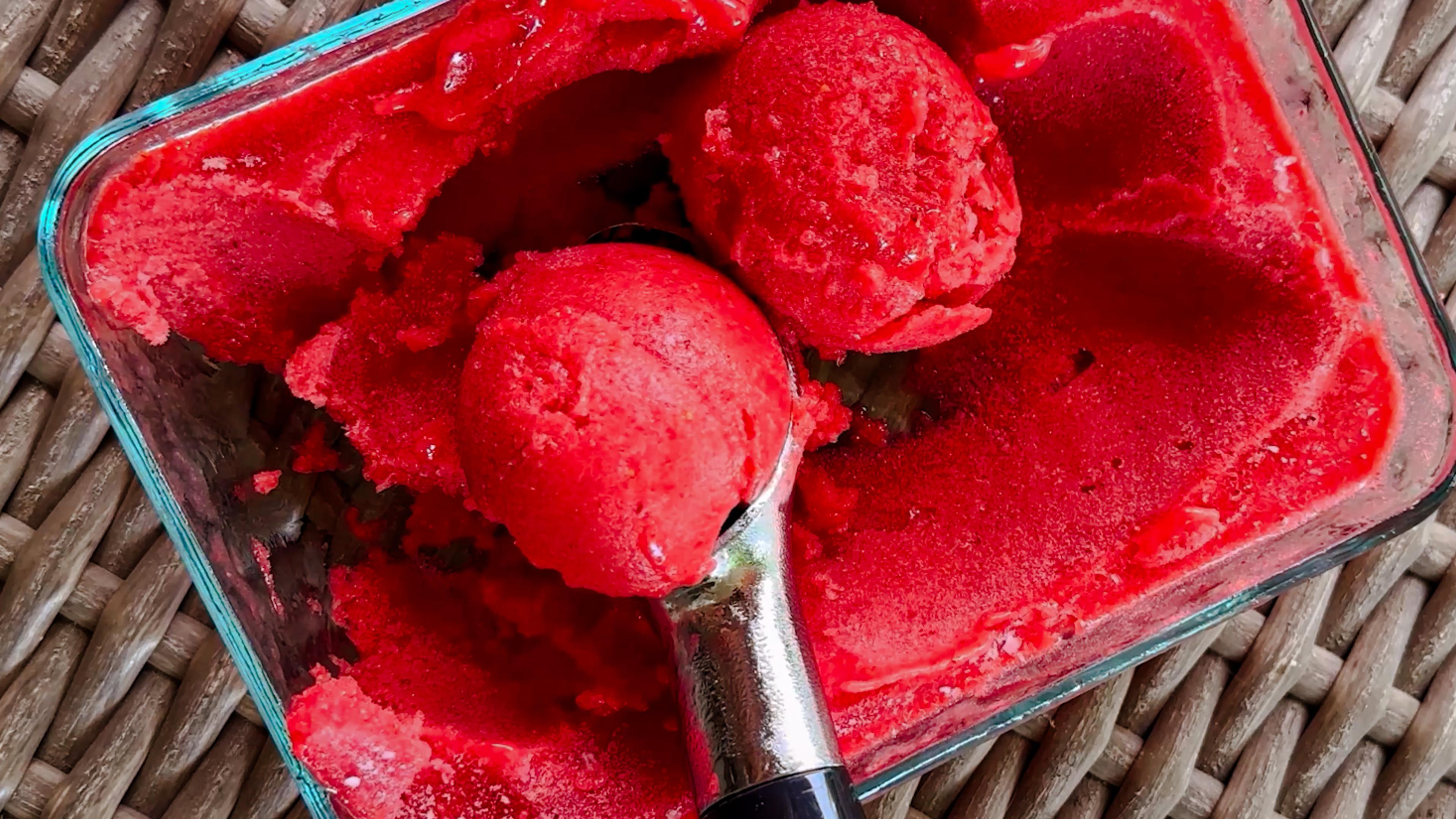When is it Too Hot for Kids to Play Outside?
Jake Newby
| 4 min read

Good luck keeping the kids indoors when school is out, their friends come knocking and the pools are open.
Playing outside is great for a child’s physical and mental health, but the summer can be blisteringly hot. The question is, how hot is too hot? And more specifically, what temperature is too hot for children and toddlers to play outside?
How hot is too hot for kids to be outside?
Monitoring the temperature during the summer is important, but don’t forget to keep a close eye on the heat index as well.
The National Weather Service (NWS) states that a heat index at or above 90 degrees Fahrenheit poses a significant health risk to children. Anything above 90 degrees is too hot for toddlers and children, and could lead to serious side effects.
How does heat affect children and toddlers?
Kids cannot regulate their body temperature the way adults can, making them more susceptible to significant health effects when exposed to extremely cold or extremely hot temperatures. Their bodies are like engines that are prone to overheating.
Extreme heat can lead to several adverse physical health effects in children, including:
- Dehydration
- Fatigue
- Fever
- Headaches
- Heat cramps
- Intense thirst
- Irritability
In extreme cases, children may develop heat exhaustion. Signs of heat exhaustion can include faintness, nausea, vomiting, hyperventilation and tingling or numbness of the skin. Kids can also become fearful, hopeless, or stressed out if exposed to prolonged periods of extreme heat.
You should call your pediatrician or primary care doctor if your children experience any of the above symptoms.
Tips for keeping kids cool and safe in the summer
Use caution when allowing kids to play outside in this type of environment. Playing underneath shade, inside swimming pools or in the water at a beach is generally safe in short spurts. However, playing under direct sunlight for long stretches of time could lead to overheating.
The American Academy of Pediatrics recommends limiting sun exposure between 10 a.m. and 4 p.m., when the sun is typically the hottest.
Here are tips for parents and guardians to keep handy this summer:
- Bring sunscreen: The American Academy of Dermatology recommends that kids wear sunscreen with an SPF of at least 30. Make sure children reapply every two hours and should also reapply after swimming, sweating or towel drying.
- Rest and hydrate: Whether you’re out on a family beach day or the kids are just playing in the backyard, it’s important for them to drink plenty of water and to take lots of breaks inside the house to cool off. Sometimes parents have to be vigilant about taking breaks; children may not take them into account during a fun, frenzied play session.
- Make the most of the morning: The early morning hours before 10 a.m. are often the coolest of the day. Plan as much outdoor activity as you can during this time.
- Stay in the shade: If you must be outdoors during the hottest hours of the day, stay in the shade to avoid overheating.
- Dress the part: Hats, long-sleeve shirts, neck gaiters and swimsuits with ultraviolet (UV) protection factor (UPF) in addition to sunscreen will keep you safe from the sun's harmful UV rays. Loose-fitting, breathable clothes that are lightly colored are optimal, as light colors absorb less heat than darker colors.
- Pack accordingly for family trips: Pack a tent or large umbrella for trips to the pool or beach. That way, your kids can take breaks from playing under direct sunlight and get a little shade.
- Keep cooling devices handy: Want everyone to stay extra cool? Keep water misters or handheld fans in the house and in your bags.
- Never leave children in unattended cars: The inside of a car can quickly become dangerously hot in the heart of the summer, even if the windows are rolled down.
In the event of a heat wave – especially if you do not have air conditioning or your air conditioner unit is broken – consider taking your kids to a friend or family member’s house. Or, to cool public places like libraries and shopping malls.
Photo credit: Getty Images
Read more:




